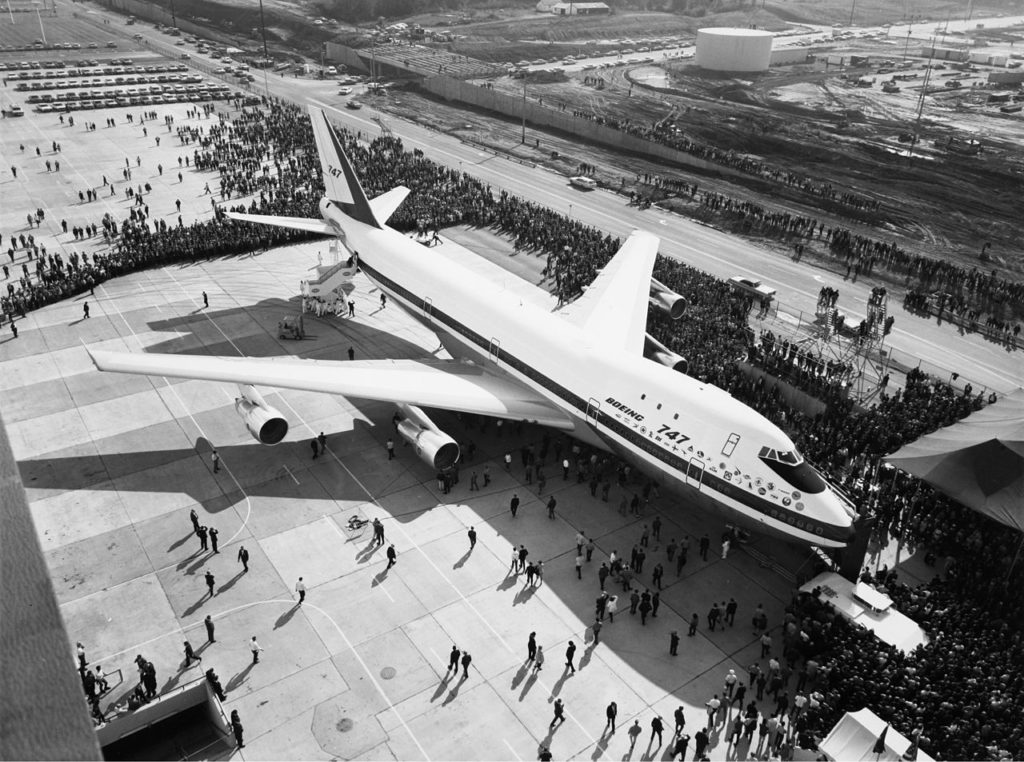Leeham News and Analysis
There's more to real news than a news release.
Bjorn’s Corner: Keeping airliners operational. Part 3
May 5, 2017, ©. Leeham Co: We will now continue the series on keeping airliners operationally fit with how modern methods for maintenance programs were developed.
In the first article, we described hard-time maintenance limits and how these did not really produce a reliable and safe aircraft. They cost a lot, however. We also described how a first step to a modern maintenance philosophy was developed around the Boeing 747.
Maintenance philosophies
With the development of the 747 in the late 1960s, the modern maintenance programs took their first step. One realized that the hard-timed logic touched systems that were running perfectly and which should not be taken apart, unless there was a good reason for it.
The on-condition maintenance of several system types was developed by the first Maintenance Steering Group (MSG-1). It was formed by FAA, aircraft manufacturers, suppliers and airlines. As the new maintenance philosophy should be adopted to new aircraft, one realized there was need for an additional maintenance class.
The MSG-2 work in the early 1970s resulted in a third group of maintenance criteria, called Condition-Monitoring. For On-Condition maintenance of systems, a monitoring program is required. It shall guarantee the safe functioning of the system.
For parts and systems which are non-safety or operationally critical (like many cabin related items) an on-condition program is over-kill. The correct operation of the part/system is observed and when there is a deviation or a trend that is non-acceptable, a maintenance action is triggered.
An example would be the lavatory system on the aircraft. The lavatories use a vacuum assisted process to get rid of the waste water from the WCs. An airliner has several lavatories and these are connected through independent paths to the waste water tank in the rear of the aircraft. The functioning of the lavatories is checked by the cabin crew as part of their daily work, but there are no specific monitoring actions as for an on-condition systems.
Instead, when the vacuum function is getting weak or a lavatory is not functioning correctly, there is a trigger for immediate maintenance or, if acceptable, at an upcoming maintenance event for the aircraft. The system is monitored for its function but does not need hard-time limits or an on-condition maintenance program.
Maintenance Steering Group 2 deficiencies
MSG-2 covered the principal trigger processes needed for an efficient and modern maintenance program. There were deficiencies, however. Maintenance analysis was done with a bottom-up methodology. Each part of a complex system was analyzed for which maintenance philosophy it should have and was given a maintenance program.
There was also no clear separation whether the maintenance was prescribed for safety reasons or for economical reasons (take parts out of work before the repair gets expensive). The bottom up process lead to a huge number of prescribed maintenance programs that should be tracked, essentially one for each part or box in a complex system.
In 1979, an Air Transport Association (ATA, the association of the US Airlines) task force started work on MSG-3, the maintenance philosophy which is still in use today.
Instead of analyzing systems bottom-up, one found that it should be done top-down. With this philosophy, parts of a system which were neither safety nor operationally critical would not have a prescribed maintenance activity.
The system level was monitored and when a non-vital part stopped working it was scheduled to be fixed. MSG-3 also separated between safety and economical related maintenance activities. The maintenance according to MSG-3 principles is today part of an airliners development. How this important work is done is the subject of the next Corner.



